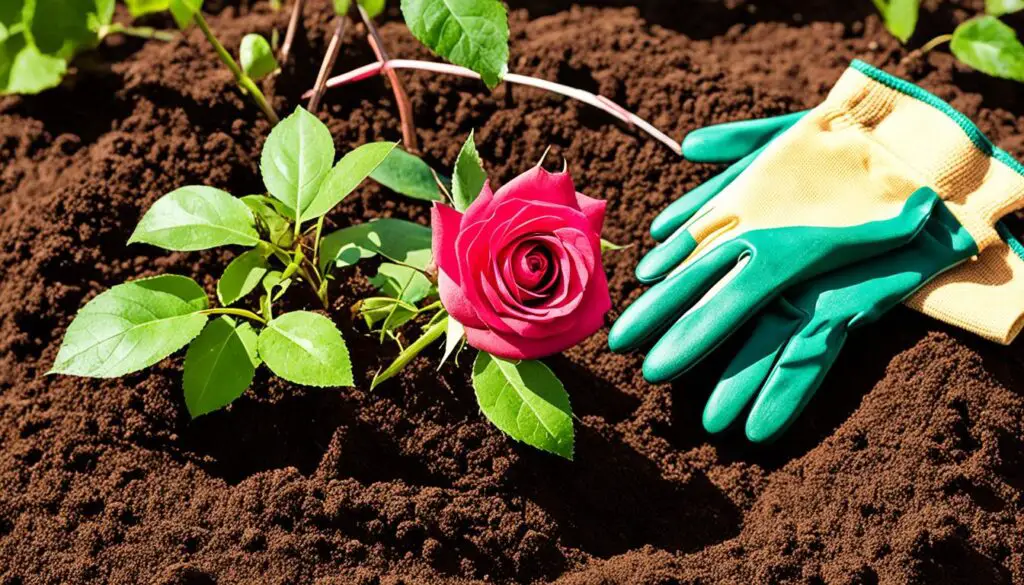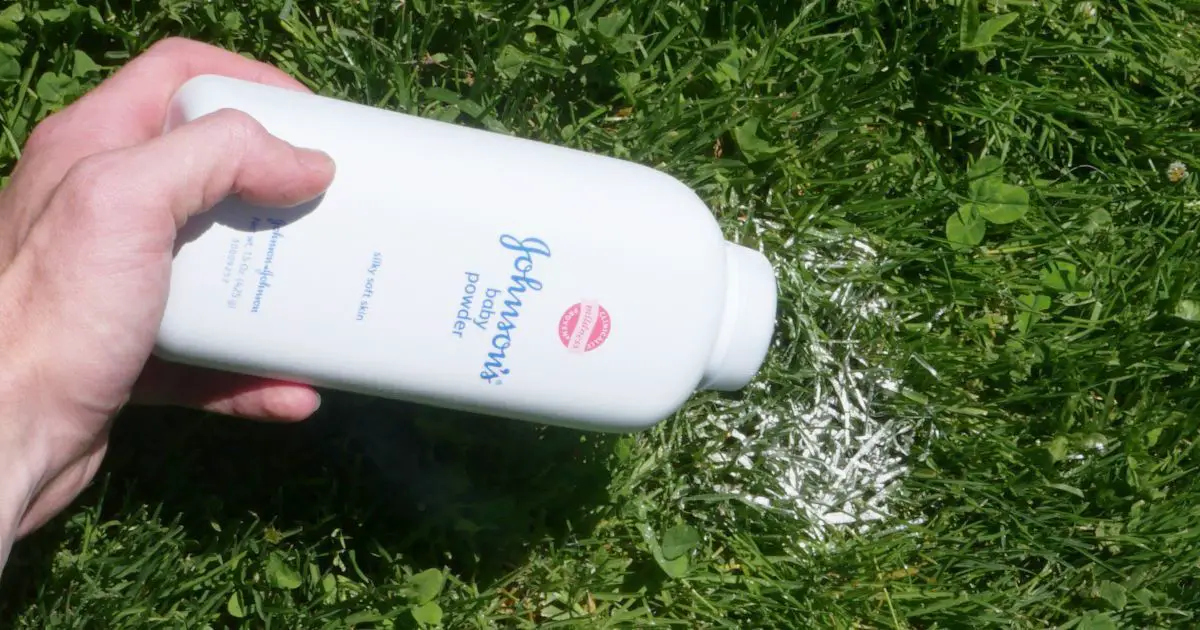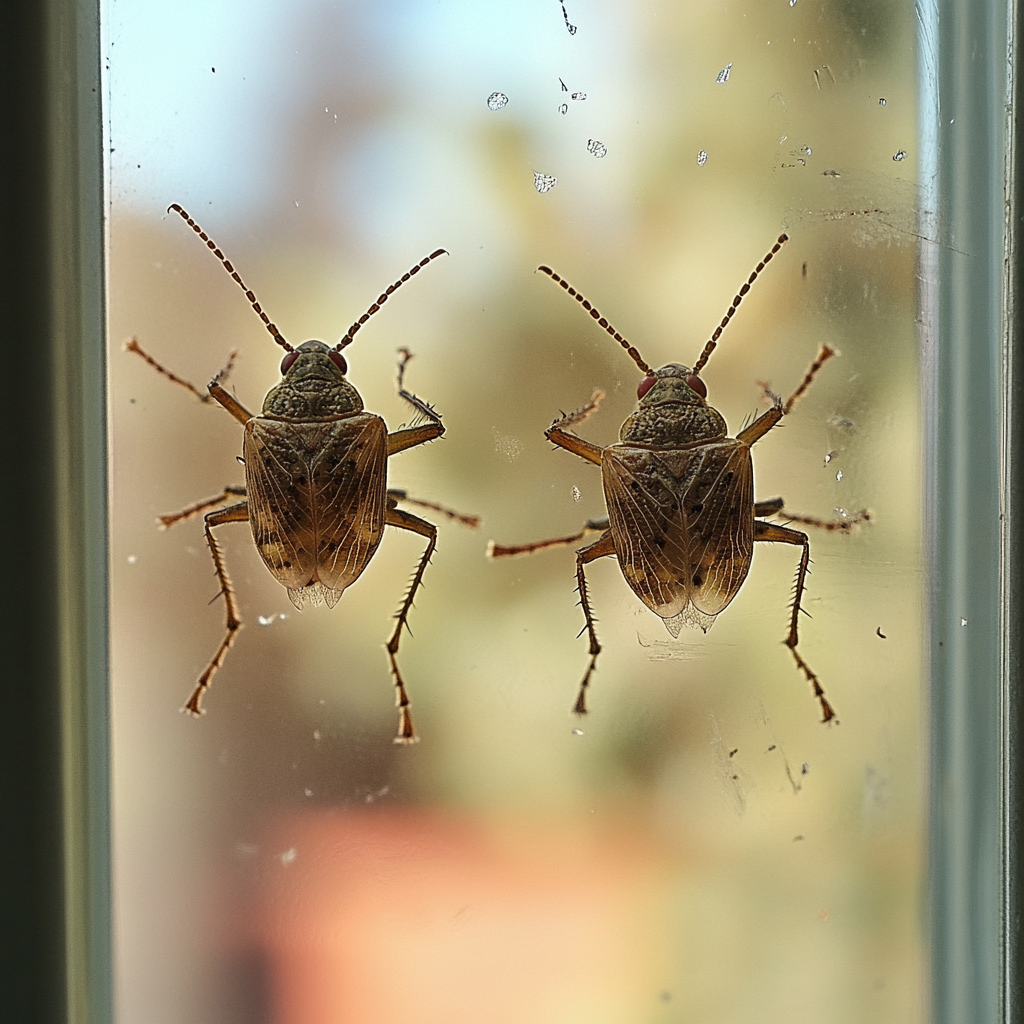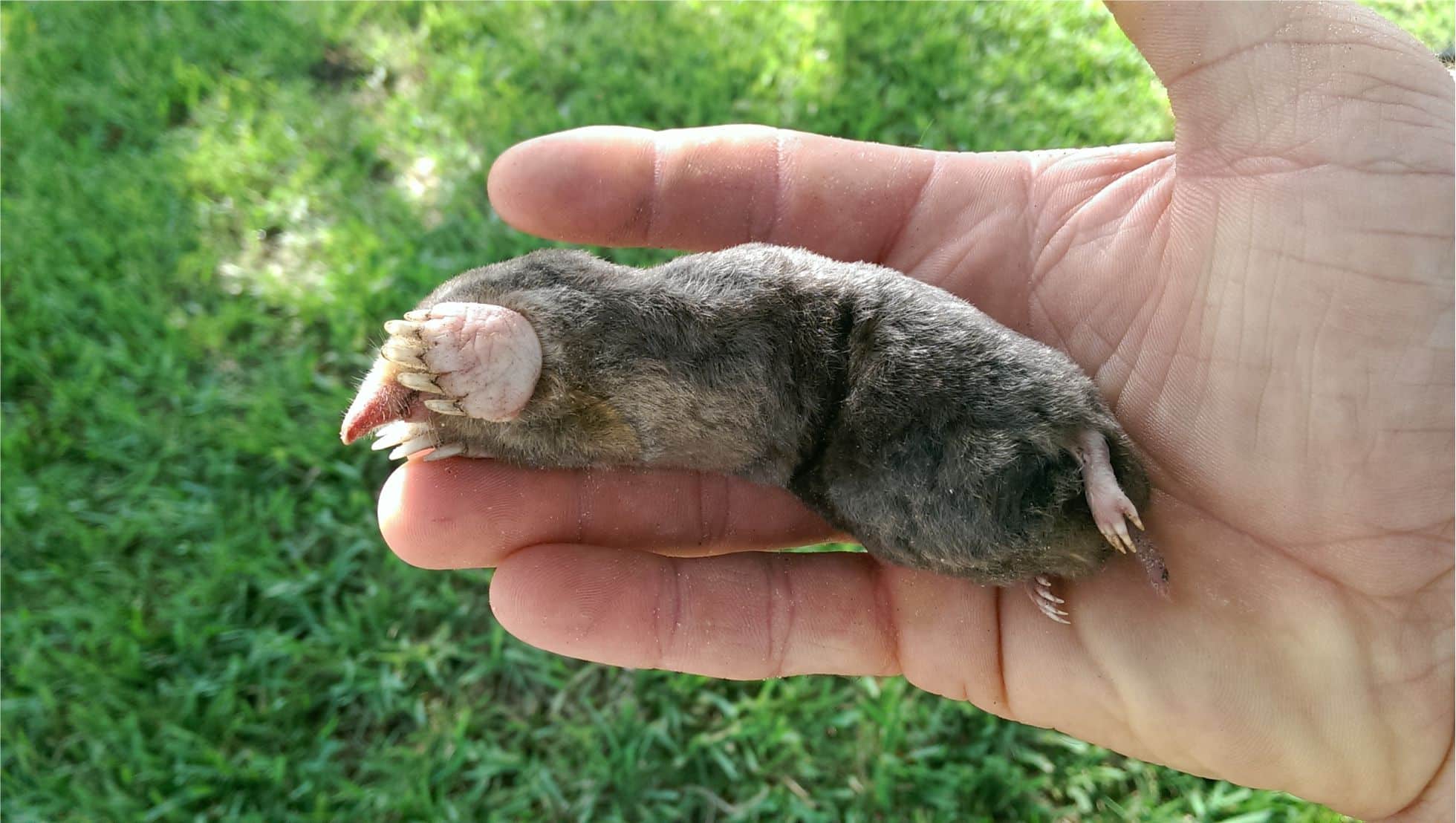Roses are a beloved flower that bring beauty, fragrance, and joy to gardens. They need some care, but the rewards are huge. This guide will give you expert tips to grow and keep roses healthy all season.
You’ll learn how to pick the right roses, plant them correctly, water, fertilize, prune, and control pests. With these tips, you can enjoy beautiful rose blooms for years.

Key Takeaways
- Roses need 6 to 8 hours of sunlight daily for best flower production and health.
- Spring or fall are the best times to plant roses, based on your climate.
- Roses need about 1 inch of rain per week during the growing season.
- Using organic fertilizers and compost regularly is key for rose growth.
- Disease-resistant rose types can prevent common issues like powdery mildew and black spot.
Choosing the Right Roses and Planting Site
Choosing the right roses and the perfect spot for them is crucial for vibrant and healthy blooms.
With over 300 rose species and countless cultivars, picking the right ones can be tough. But, knowing the unique traits of different roses can guide you in selecting the best for your garden.
Types of Roses and Varieties
The Hybrid Tea Rose is a top choice for its large, classic blooms. Other popular types include:
- Floribundas, which produce clusters of roses for continuous color
- Shrub roses that can spread up to 15 feet wide
- Compact Polyanthas, ideal for containers and small spaces
- The tough, ground-covering ‘Drift®’ series
When picking roses, think about disease resistance, fragrance, bloom time, and growth habit. These factors are key to a successful garden.
Selecting the Ideal Planting Location
Roses love sunny spots with 6-8 hours of direct sunlight daily. They also need soil rich in organic matter and good drainage to avoid root rot.
Consider wind protection and local climate when choosing a spot. With proper soil and location, your roses will thrive.
“Consulting Rosarians offer free advice to help individuals become successful rose gardeners.”
| Rose Variety | Bloom Cycle | Spread | Sunlight Needs |
|---|---|---|---|
| Hybrid Tea | 6-7 weeks | Varies | 6+ hours direct sun |
| Floribunda | Continuous | Varies | 6+ hours direct sun |
| Shrub | Varies | 5-15 feet | 6+ hours direct sun |
| Polyantha | Varies | 2.5’H x 3’W | 6+ hours direct sun |
| ‘Drift®’ Groundcover | Continuous | Spreading | 6+ hours direct sun |
Proper Rose Planting Techniques
Planting roses the right way is crucial for their health and growth. Whether you have bare-root or container-grown roses, knowing how to plant them is essential.
Start by digging a hole that’s wide and deep for the rose’s roots. Add lots of organic stuff like compost or manure to the soil.
For bare-root roses, soak the roots in water before planting to make them moist again. Place the rose so the graft union is at or just below the soil.
Fill the hole, press the soil down gently, and water well. For roses in containers, loosen the roots first to help them spread out.
Make sure your rose planting spot gets full sun, at least six hours a day. The soil should be rich and a bit acidic, with a pH of 6.5 to 7.0. Roses need soil that drains well to prevent diseases. Keep roses apart to stop diseases from spreading.
- Prepare the planting hole, making it wide and deep enough for the rose’s root system.
- Mix in organic matter, such as compost or aged manure, to enrich the soil.
- Soak bare-root roses in water for several hours before planting to rehydrate them.
- Position the rose with the graft union at or slightly below the soil surface.
- Fill in the hole, tamp the soil gently, and water thoroughly.
- Loosen the root ball of container-grown roses before planting.
| Planting Requirement | Recommendation |
|---|---|
| Sunlight | At least 6 hours of direct sunlight per day |
| Soil pH | 6.5 to 7.0 (slightly acidic to neutral) |
| Soil Drainage | Well-draining soil |
| Spacing | Adequate spacing to prevent disease |
By following these rose soil preparation tips and planting methods, your roses will get off to a great start. They’ll grow strong and beautiful in your garden.

“Proper planting technique, combined with the right soil preparation, will give your rose plants the strong start they need to thrive.”
Grow A Rose and Care
Watering and Fertilizing Roses
Looking after your rose plants is key to keeping them healthy and full of blooms. They need about 1 inch of water each week when they’re growing.
Make sure to water the soil directly to avoid getting the leaves wet, which can cause diseases.
In dry, hot weather, you might need to water more often. Fertilizing your roses is also crucial for their growth and flowers. Use a slow-release fertilizer or organic stuff like compost to feed them.
Give your roses their first dose of fertilizer in early spring. Then, add more every 4-6 weeks when they’re blooming. But don’t overdo it, as too much fertilizer can make them weak and easy to get sick.
Pruning and Deadheading Roses
Pruning and deadheading are key to keeping roses in top shape and blooming well. Do the big pruning in early spring, before new growth starts. Cut out any dead, damaged, or sick canes, leaving only the healthy parts.
Then, cut back the rest of the canes by a third to half. This helps them grow strong and lets air move through the plant. Deadheading is important too. Cut off the old flowers right above the first five-leaf stem. This stops the plant from making seeds and helps it bloom more.
| Rose Care Tip | Recommendation |
|---|---|
| Rose Watering | Roses need about 1 inch of water per week when they’re growing. Water the soil directly, avoiding the leaves. |
| Rose Fertilization | Use a balanced, slow-release fertilizer or organic stuff like compost. Feed them in early spring and every 4-6 weeks when they’re blooming. |
| Rose Pruning | Prune in early spring, cutting out dead, damaged, or sick canes. Then, trim the rest by a third to half. |
| Rose Deadheading | Cut off old flowers just above the first five-leaf stem to keep them blooming. |

“Regular deadheading can significantly extend the flowering period of your rose plants.”
Keeping Roses Healthy and Pest-Free
Keeping your rose plants healthy is key to avoiding pests and diseases. Choose roses that fight off diseases well. These roses are less likely to get powdery mildew or black spot. Also, make sure they get good air, water at the base, and clean up fallen leaves to stop fungal diseases.
When pests like aphids or spider mites show up, use neem oil or insecticidal soap. Watch your roses closely and act fast to keep them healthy. With the right care, you can have beautiful roses all season.
Feeding your roses right is also important. Use a balanced fertilizer like Pennington UltraGreen All Purpose Plant Food 10-10-10. It gives them nutrients for up to 4 months. Roses also do well with more phosphorus to grow strong roots and big flowers.
FAQ
What are the key considerations when selecting rose varieties for my garden?
When picking roses, think about disease resistance, scent, bloom time, and how they grow. Knowing about different rose types helps you choose ones that will do well in your garden.
What are the ideal planting conditions for roses?
Roses need at least 6 hours of sunlight a day, well-drained soil, and protection from strong winds. Make sure the spot gets morning sun to dry the dew and prevent diseases.
How do I properly plant roses?
Planting roses right is key for their health. Dig a wide, deep hole, add organic matter, and place the rose so the graft union is at or just below the soil. For roses in pots, loosen their roots before planting.
How do I care for my rose plants?
Water roses deeply (about 1 inch per week) and feed them with a balanced, slow-release fertilizer. Prune and remove dead flowers to keep them blooming.
How can I keep my rose plants healthy and pest-free?
Choose roses that resist diseases, ensure good air flow, and follow good gardening practices. If pests show up, use organic products like neem oil or insecticidal soap.



